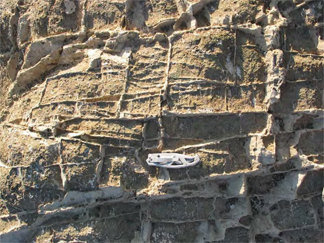Geological Carbon Capture and Storage in Mafic and Ultramafic Rocks
January 8-10, 2011 – Muscat, Oman
Convener: Peter Kelemen

Summary
The aim of this workshop was to advance research on carbon capture and storage in ultramafic and mafic rocks. The interest in these rocks stems from their high potential for mineral carbonation – reaction with CO2-bearing fluids to form inert, non-toxic, stable carbonate minerals. Workshop participants formulated integrative scientific questions and the identification of potential implementation approaches. Five key conclusions were reached.
1. The potential for several different, engineered mineral carbonation methods should be explored in parallel, by integrated, international research networks, including (a) carbonation of ultramafic mine tailings and sediments, (b) in situ carbonation of ultramafic rocks (peridotite), and (c) in situ carbonation of mafic rocks (basalt). No one can foresee the size or urgency of the societal demand for CO2 storage in the coming century, nor is it possible to predict the outcome of ongoing research on alternative or complementary methods.
2. It is necessary to understand the physical properties of potential mineral carbonation sites. Specifically, it is essential to quantify permeability, porosity, mineralogy (igneous minerals, plus extent and nature of existing alteration), fracture toughness and other material properties as a function of lithology and depth.
3. It is necessary to understand coupled chemical reaction and fluid transport in natural mineral carbonation systems better.
4. Scientific drilling has two key roles to play, (a) study of natural processes throughout the world, and (b) characterization of potential sites for CO2 storage experiments.
5. The scientific community will probably need to take the lead in mineral carbonation research in the near future, developing and quantifying practical methods for use by government and industry when a consensus arises on the need for these techniques.
Workshop Report (pdf)
Conveners
Marguerite Godard, Centre National de la Recherche Scientifique
Peter Kelemen, Columbia University
Sobhi Nasir, Sultan Qaboos University
Damon Teagle, National Oceanography Centre, Southampton






